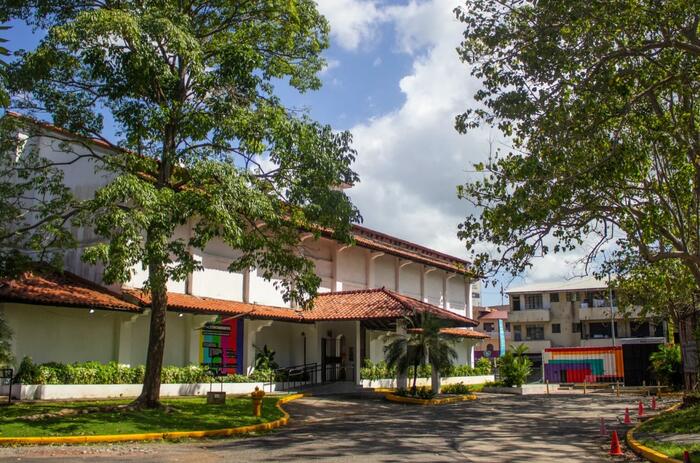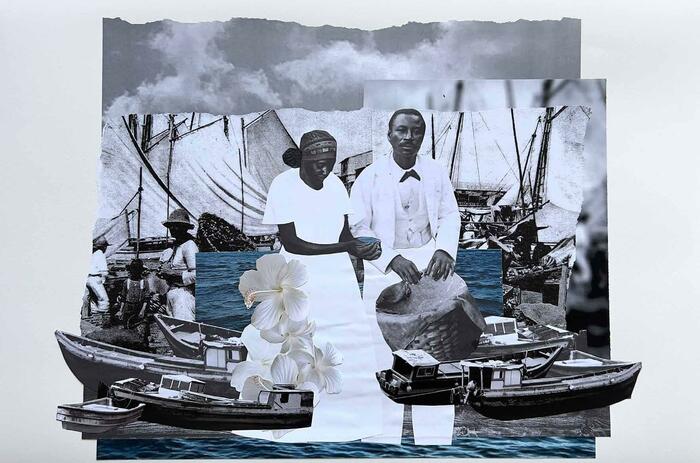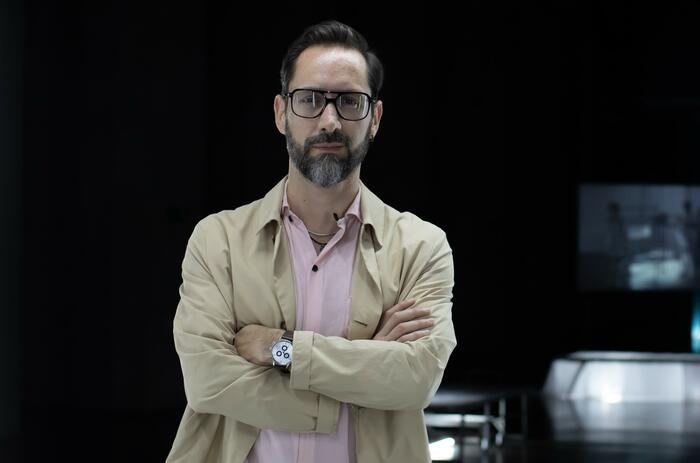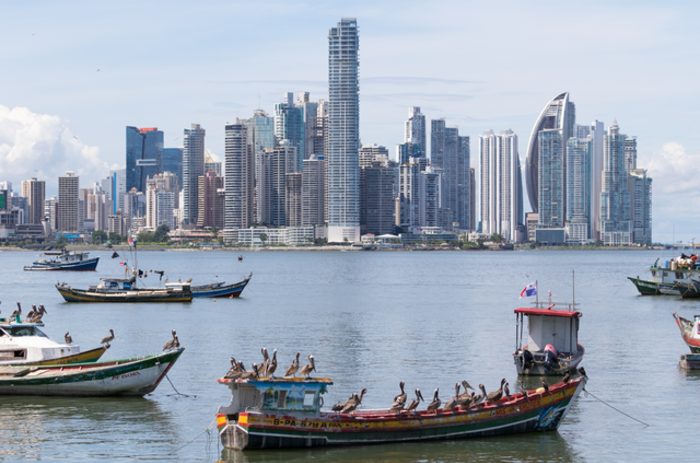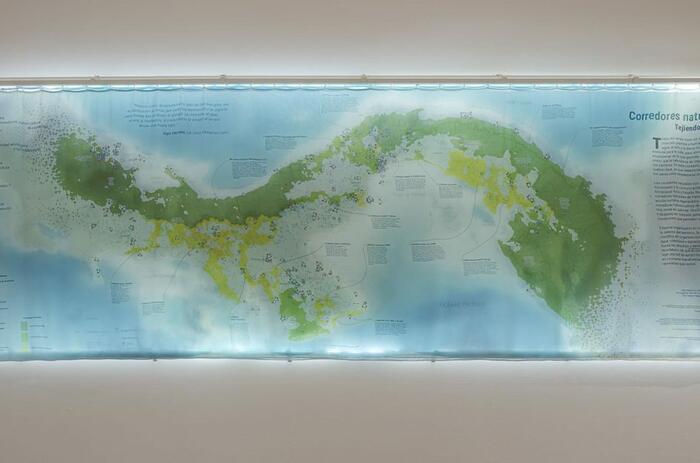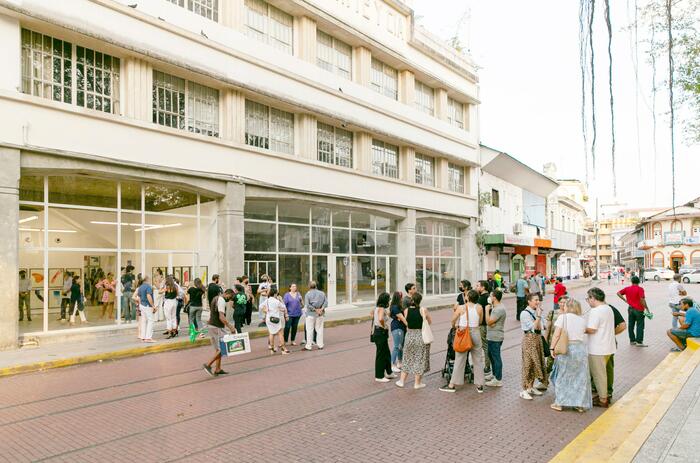THE STORY OF MAC PANAMÁ: WORKS, MEMORIES, AND AFFECTIONS
In the heart of Casco Antiguo, the Museum of Contemporary Art of Panama (MAC) embarks on a new chapter with the opening of its Sala Satélite, a space dedicated to showcasing projects developed from its Permanent Collection. The inaugural exhibition, 60+1 el pequeño gran museo de Ancón (60+1 The Little Big Museum of Ancón), serves as a tribute, a reflection, and an exploration of the museum’s history.

Curated by Juan Canela, Jennifer Choy, and Liz Lasso, the show revisits and reinterprets a project originally presented between September 2023 and January 2024 at MAC’s main location, as part of its anniversary celebrations. Rather than offering a chronological overview, the exhibition constructs a polyphonic narrative through artworks, archival materials, and new productions that engage with the institution’s past.
The show brings together works by key figures in the museum’s collection such as Rodolfo Abularach, Guillermo Trujillo, Julio Zachrisson, Aristides Ureña Ramos, and Manuel Mendive, alongside contemporary proposals by artists including Eduardo Agustine, Gustavo Araújo, Trixie Briceño, Coqui Calderón, Megan Carrera Raleigh, Alberto Dutary, Valentina Desideri, Ana Lasso, Arturo Lindsay, Alfredo J. Martiz J., Darién Montañez, Naufus Ramírez-Figueroa, Jhafis Quintero, Julián Velásquez, Humberto Vélez, and Marc Vives.
-
60+1 el pequeño gran museo de Ancón. Cortesía de MAC Panamá
The exhibition is built from a curatorial approach that embraces multiplicity, where the spotlight is shared between the artworks and the memories and affections of those who have been part of the museum’s journey. Through interviews with former team members, artists, and visitors, an intimate and collective web of stories emerges, highlighting MAC’s fundamental role as a cultural engine in Panama. These voices also inform the accompanying publication, which delves deeper into the many connections between the museum and its community.
The display doesn’t aim to conceal its seams. On the contrary, it reveals them with transparency and honesty. Topics such as the museum’s origins in Ancón, its architecture, graphic workshop, archive, and the construction of its collection — now comprising over 1,200 works — are woven into the exhibition narrative as key elements for understanding the institution’s evolution.
-
60+1 el pequeño gran museo de Ancón. Cortesía de MAC Panamá
Among the new interventions is the work of Alfredo J. Martiz J., who, drawing from the MAC archive and his own photographs, reflects on fragility and permanence. Megan Carrera and Ana Lasso, for their part, create a poetic installation that gives voice to the museum itself, exploring its identity through language and gesture. Marc Vives activates the space’s architecture with a performance that evokes both tangible and intangible memories. In a gesture of botanical care, Naufus Ramírez-Figueroa creates works inspired by Anthurium leaves — plant species threatened by human intervention. Meanwhile, Humberto Vélez, through El MAC Rebelde, transforms the institutional archive into a living, collaborative, and celebratory action.
-
60+1 el pequeño gran museo de Ancón. Cortesía de MAC Panamá
Valentina Desideri coordinated a study group with Panamanian artists to rethink the museum’s role. From these sessions emerged a collective performance about the institution’s future, the documentation of which now takes the form of a zine included in the exhibition.
This show is not only a look back but also a projection into what lies ahead. As Roxanna Caín wrote in 1986, the “little big museum of Ancón” has taken giant steps.

